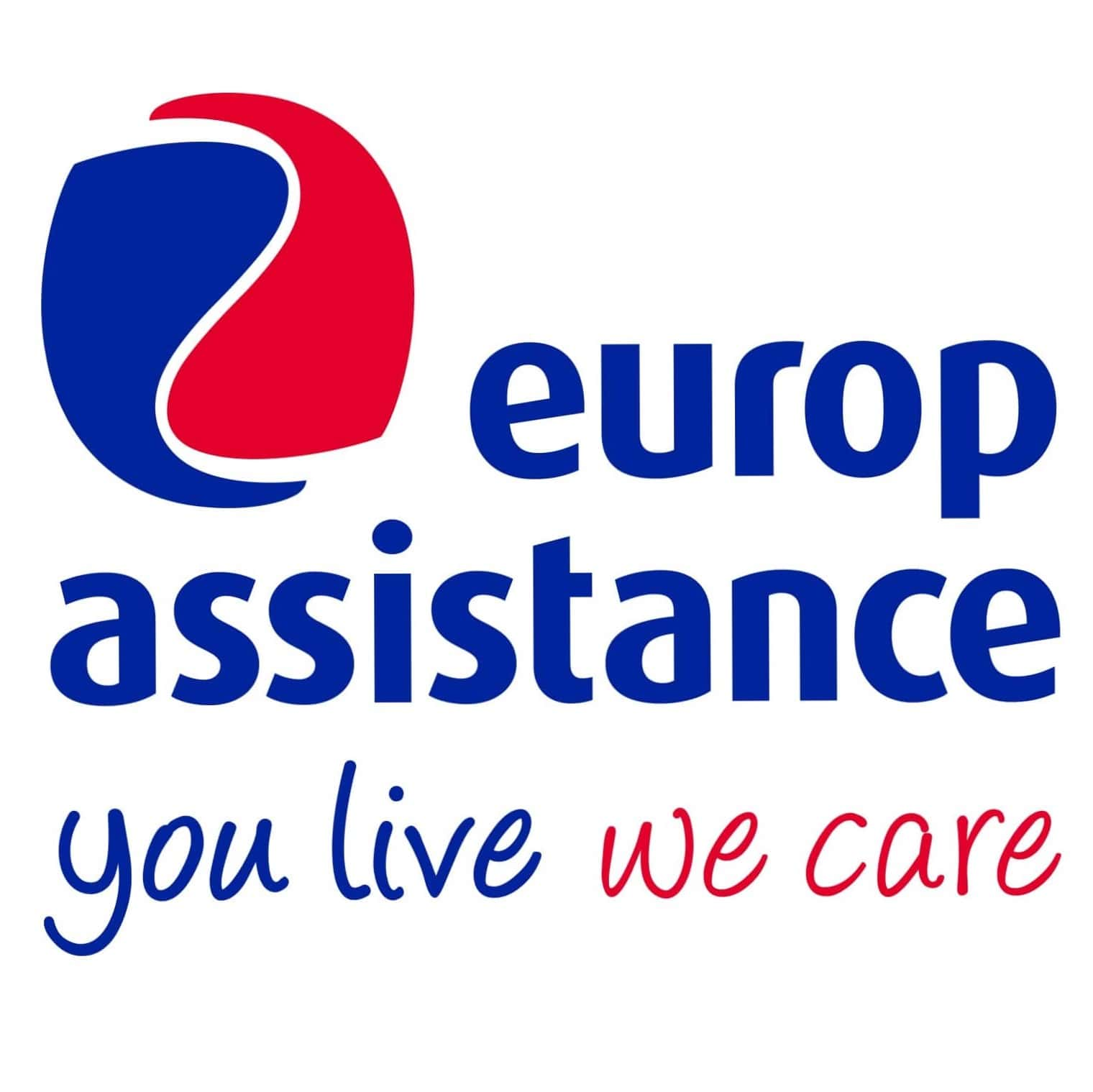Travel Europe: Tips for Stress-Free Exploration

Traveling through Europe is an exciting adventure, but proper preparation is key to fully enjoying it. Necessary documents, suitable travel insurance, tips for a stress-free trip... From planning to arrival, this article guides you step by step for a successful journey across Europe.
Some Tips for a Successful Trip to Europe
100 Days Before: Plan Your Itinerary – Outline the major stops and a few visits but avoid overloading your schedule. Once there, take time to stroll around to immerse yourself in the local culture. It’s essential for appreciating the experience.
90 Days Before: Prepare Your Travel Documents – National ID card, passport, visa, insurance certificate... Depending on your country of origin and destination, different documents will be required to travel in Europe. It’s advisable to check this information and apply for a visa if necessary three months before your departure.
90 Days Before: Get Travel Insurance – Mandatory for obtaining a Schengen visa and crossing borders, travel insurance must meet certain criteria (geographical coverage, amounts covered, type of guarantees...). Choose peace of mind with Europ Assistance’s Schengen Visa Travel Insurance when applying for your Schengen visa or crossing borders. Sign up online and receive your insurance certificate instantly.
10 Days Before: Learn a Few Words of the Local Language and Research Local Customs – Example: Don’t forget to cover your shoulders when visiting a church in Italy, avoid smoking on terraces in Spain or Sweden, leave a tip in restaurants in Austria...
2 Days Before: Travel Light – Reduce stress and free yourself from unnecessary baggage. With a small bag, you’re more mobile and flexible, making for a stress-free trip across Europe.
Upon Arrival: Stay Connected – Getting directions, finding a restaurant, booking a train ticket or an excursion... Traveling through Europe without an internet connection can be difficult. Thankfully, most mobile plans offer data roaming abroad (though be mindful as it’s not always free). If roaming doesn’t work or the prices are prohibitive, you can purchase a travel eSIM.
On Site: Use Local Transport – In Europe, avoid renting a car. Trains, buses, bikes... Public transport is often the most practical and economical way to explore cities and their surroundings without wasting time, all while engaging with locals.
What Documents Are Required for Traveling in Europe?
Are you a citizen of the European Union or the Schengen Area (or associated countries)? You can travel within the Schengen Area and the EU with a valid national ID card or passport (valid throughout your stay). Don’t forget to request a European Health Insurance Card (EHIC) to prove your health insurance coverage and access healthcare during your trip to Europe.
Are you a citizen of a non-EU or non-Schengen country? To enter the Schengen Area, you’ll need a valid passport and, depending on your country of origin, a Schengen visa. Find out which countries require a Schengen visa here. For travel outside the Schengen Area in the EU and other parts of Europe, you’ll need a valid passport and must comply with the regulations of each country to prepare the necessary documents for your stay. Visit the consulate website of the country you’re visiting for more information.
Do You Need a Schengen Visa?
Visit the website of the embassy/consulate of the Schengen Area country you wish to visit for the necessary information and to start your Schengen visa application. Once your visa is granted, keep the documents from your application, including your insurance certificate covering medical and hospital expenses up to €30,000, as they may be required by border police upon entering the Schengen country.
FAQ - Travel Europe
What Document Do I Need to Travel in the EU?
If you are an EU or Schengen Area citizen, a valid ID card or passport is sufficient. For non-EU citizens, a passport is necessary, and depending on your nationality and destination, a visa may also be required.
Is an Expired ID Card Valid in Europe?
Citizens of EU countries and the Schengen Area can travel to certain countries (Bulgaria, Hungary, Monaco, Montenegro, Slovenia, Switzerland) with an expired ID card under two conditions: the holder was an adult when it was issued, and the card was still valid on January 1, 2014 (cards issued between January 2, 2004, and December 31, 2013). If you have a valid passport, it is preferable to use it. Learn more here.
What Documents Are Required for a Flight to the EU for Non-EU Citizens?
If you are a non-EU citizen, you must present a valid passport and, depending on your country of origin, a Schengen visa to board a flight to EU member states.
Traveling in Europe Without an ID Card
Traveling in Europe without an ID card is impossible, even for EU or Schengen Area citizens. Traveling with a valid passport is an alternative, but an identity document is always mandatory.
Traveling in Europe with a Baby Without an ID Card
It’s impossible. Even babies need a valid ID card or passport to travel in Europe.
Tweet